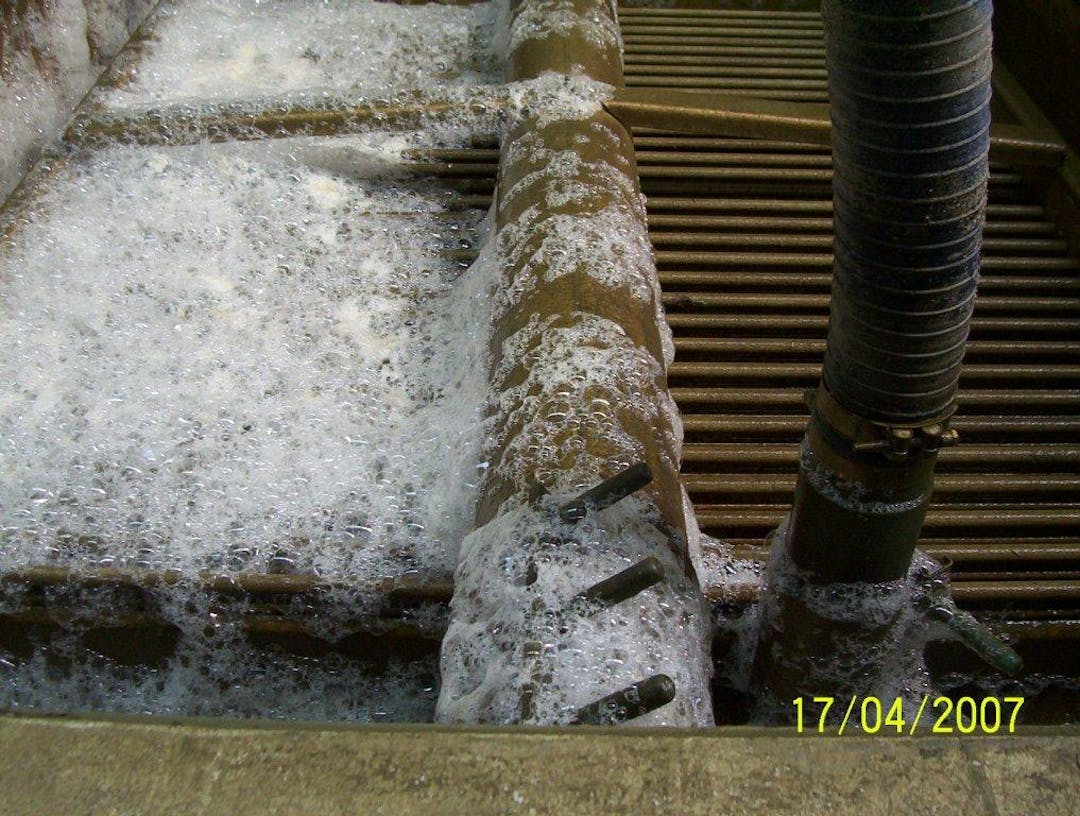Murwillumbah Wastewater Treatment Plant Upgrade

You are invited to learn more about the planned expansion of the Murwillumbah Wastewater Treatment Plant (WWTP) as we work to meet the needs of our growing community.
Council is planning to expand the Murwillumbah Wastewater Treatment Plant (WWTP) to cater for urban growth and the development of more industrial areas within the Murwillumbah plant’s catchment.
The wastewater treatment plant
The Murwillumbah Wastewater Treatment Plant is a 16,000 ep (equivalent person; that is, the amount of wastewater produced on average by 16,000 people) Intermittent Cycle Activated Sludge plant that treats about 3 megalitres of sewage a day.
Between 2 and 3 megalitres of this treated wastewater is supplied to the Tweed Jockey Club and a co-generation energy plant at Condong after undergoing further tertiary treatment in a membrane treatment facility.
Any treated wastewater not reused is discharged to the Rous River under licence conditions set by the Environmental Protection Authority of NSW.
The proposed upgrade
Tweed Shire Council plans to double the capacity of the treatment plant to about 32,000 ep. However, in the short-term, only 50 per cent of the additional capacity will be brought online, raising the treatment output to 24,000 ep a day.
Initial studies
Council has engaged consultants to undertake two initial studies to allow the project to be completed in a way that meets the needs of the regulatory agencies of the Environmental Protection Authority and the Office of Heritage and Environment. They are:
- Water quality modelling of the mid to lower Tweed River to assess any impact on the river from the discharge of the unused treated wastewater. The modelling will help Council determine the standard of treatment needed to protect the river environment and the best sites for discharge. This water quality modelling is being undertaken by NSW Office of Environment and Heritage in conjunction with the University of Western Australia.
- Development of options for the increased capacity. This study, being undertaken by NSW Public Works Advisory, will identify wastewater treatment best practice and the options available to increase the capacity of the plant.
The two studies are interrelated as the water quality modelling will determine some of the parameters for the wastewater treatment plant capacity increase.
The water quality study is due to be complete by the end of 2020. Then, the options study can be completed and Council can determine a way forward that meets the needs of EPA, OEH and others.
Associated activities
Recycled water (treated wastewater) is a resource that Council seeks to explore fully.
In parallel with this project, Council will be seeking opportunities to improve the quality of water in the Rous and Tweed rivers by identifying land management practices that increase nutrient loads and supporting land owners to change those practices.
Ask a question.
Please ask a question if you would like to know more about this planned upgrade.